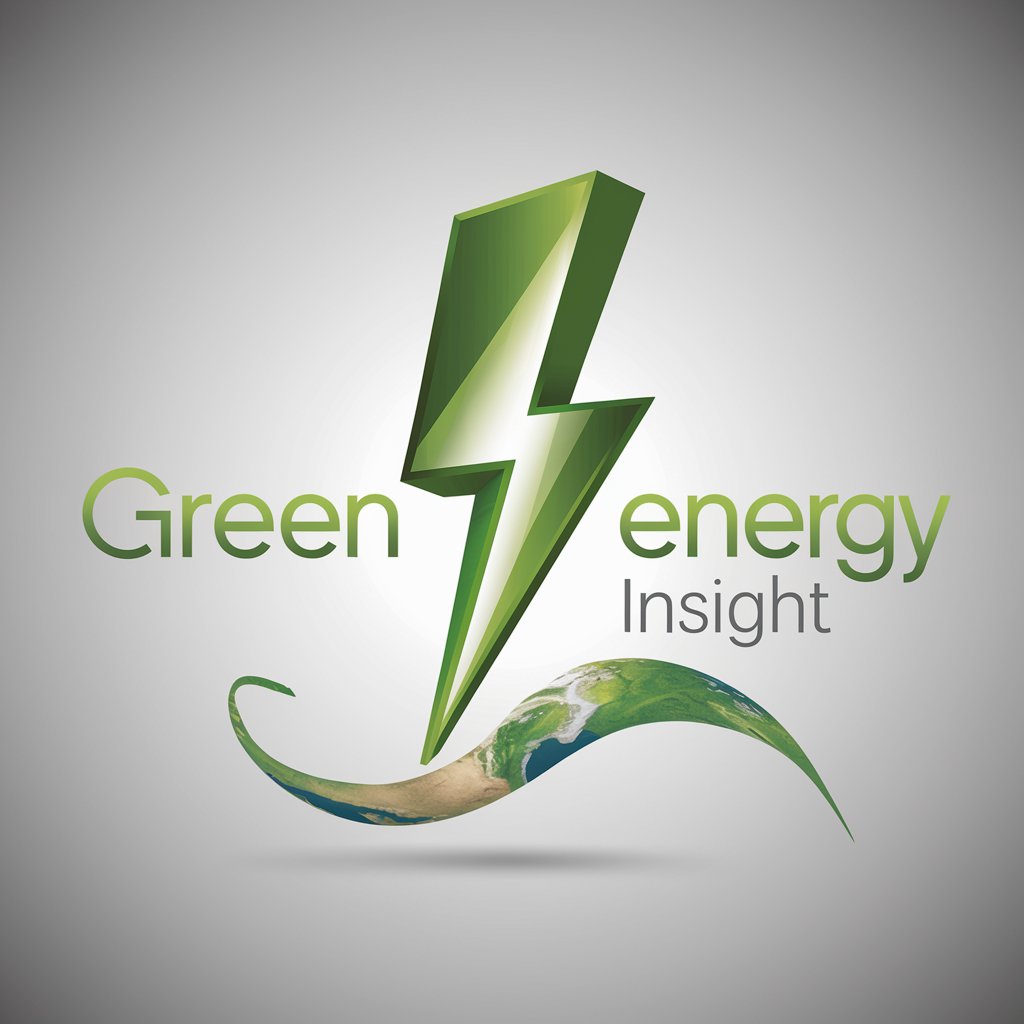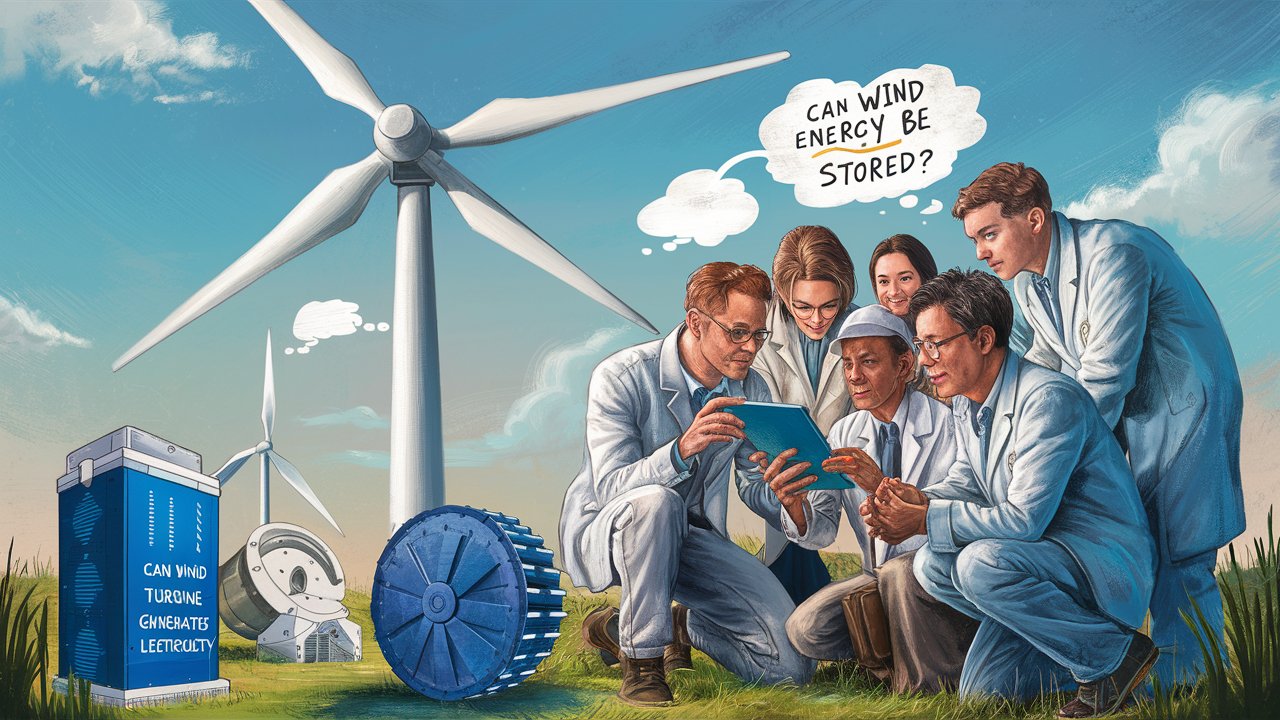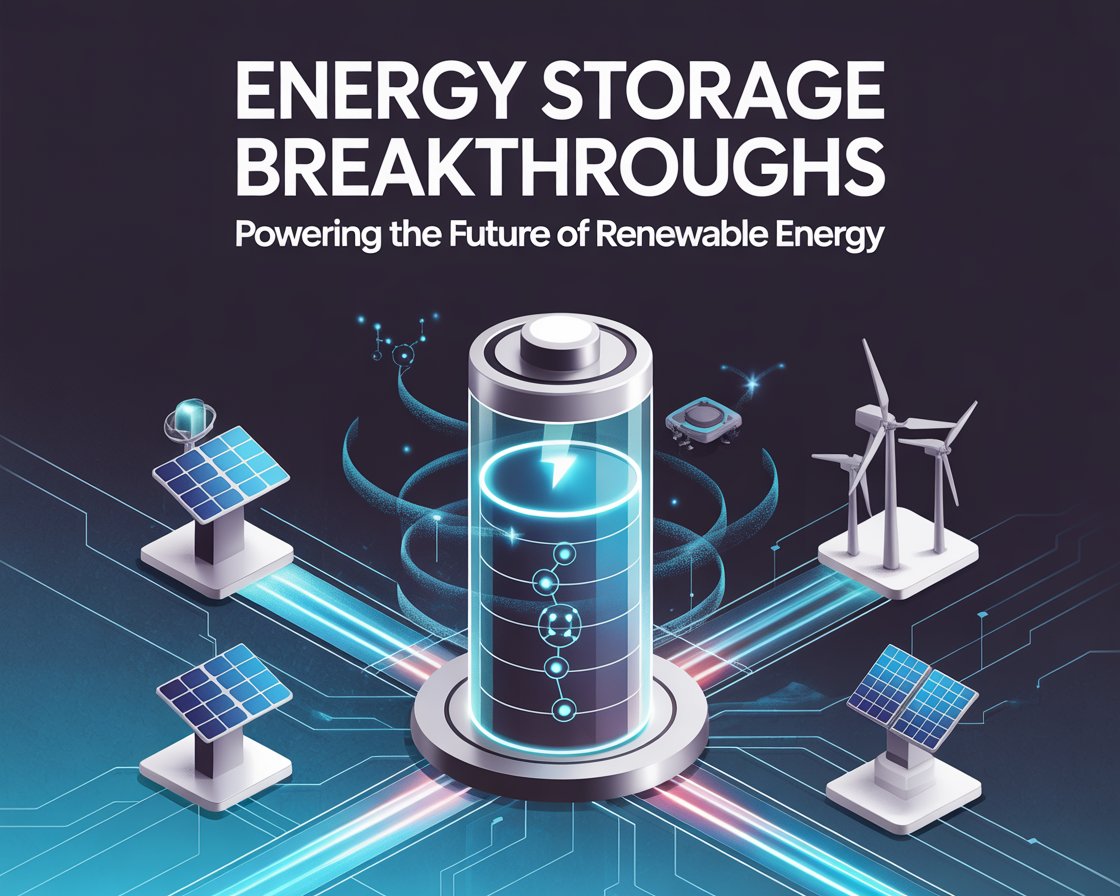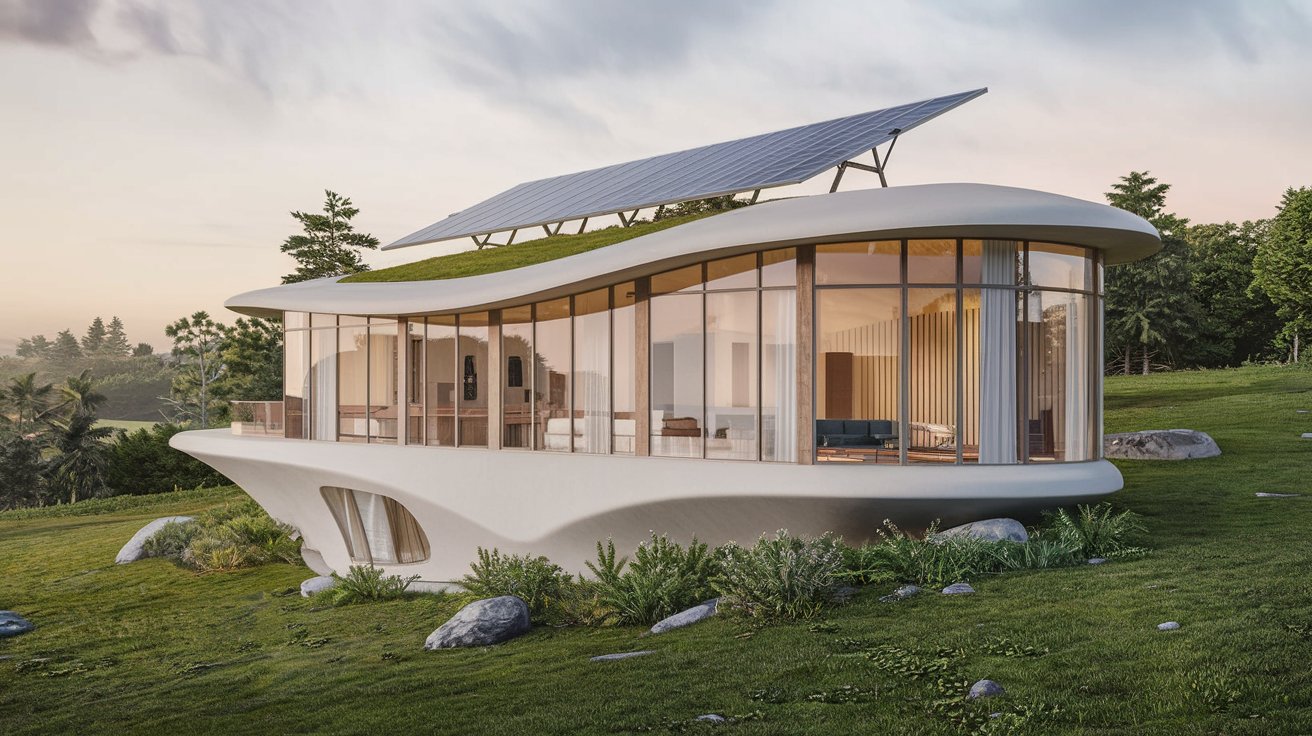Introduction
Can wind energy be stored? This question is crucial for maximizing the benefits of renewable energy and ensuring a stable, reliable power supply. As the world shifts towards cleaner energy sources, understanding the storage potential of wind energy becomes increasingly important.
In this article, we will delve into the methods and technologies for storing wind energy, the benefits and challenges of these approaches, and the prospects of wind energy storage. By addressing the question, “Can wind energy be stored?” we aim to provide a comprehensive overview of this critical aspect of renewable energy.
The Importance of Wind Energy Storage
Wind energy is a clean, green source of energy, but because it doesn’t happen all the time, it can be challenging to keep the power on.
We can close the gap between energy production and consumption with effective storage options. This way, extra energy generated during high winds can be used when it’s needed.
Methods of Storing Wind Energy
Battery Storage
One of the most popular ways to store wind energy is in batteries. Batteries on a large scale can store extra energy that wind turbines make and then release it when demand is high or wind speeds are low.
Types of Batteries Used:
- Lithium-Ion Batteries: Known for their high energy density and efficiency.
- Flow Batteries: Suitable for large-scale storage with long cycle life.
- Lead-Acid Batteries: Older technology, less efficient but cost-effective for certain applications.
Pumped Hydro Storage
A well-established method, pumped hydroelectric storage uses excess wind energy to pump water from a lower reservoir to an upper reservoir.
Turbines release water back to the lower reservoir when energy is required, generating electricity.
Compressed Air Energy Storage (CAES)
Extra wind energy in CAES devices compresses stored air in underground tanks or caves. A turbine releases and expands the compressed air to produce energy when required.
Flywheel Energy Storage
Getting a rotor to very fast speeds and keeping that energy as rotational energy is how flywheel devices store power.
When power is required, flywheel devices convert the rotor’s kinetic energy back into electricity.
Thermal Energy Storage
To store thermal energy, extra wind energy is turned into heat and then kept in things like water or molten salts.
We can later turn the stored heat back into power or use it to heat something.
Challenges of Storing Wind Energy
Cost
The high cost of storage technologies, particularly for large-scale battery systems, is a significant barrier to widespread adoption.
Efficiency
Energy losses during conversion and storage can impact the overall efficiency of wind energy storage systems.
Scalability
Some storage methods, like pumped hydro and CAES, require specific geographical conditions and large-scale infrastructure, limiting their scalability.
Benefits of Storing Wind Energy
Grid Stability
Storage solutions help stabilize the grid by balancing supply and demand, reducing the need for fossil fuel backup generators.
Increased Renewable Energy Utilization
By storing excess wind energy, more renewable energy can be integrated into the grid, reducing reliance on non-renewable sources.
Energy Independence
Effective storage solutions enhance energy independence by ensuring a steady supply of renewable energy, even during periods of low wind.
Future Prospects of Wind Energy Storage
Advancements in Battery Technology
Ongoing research and development in battery technology promise to improve energy density, efficiency, and cost-effectiveness, making battery storage more viable for wind energy.
Hybrid Storage Systems
Combining different storage technologies, such as batteries and thermal storage, can optimize energy storage and distribution.
Smart Grid Integration
Integrating storage solutions with smart grid technologies allows for more efficient energy management, real-time monitoring, and improved grid reliability.
Conclusion
So, is it possible to store wind power? Of course. Even though there are some problems to solve, there are several beneficial technologies and ways of storing wind energy.
These options, which range from battery storage and pumped hydro to compressed air and thermal energy storage, are essential for getting the most out of wind energy.
As technology improves and costs decrease, wind energy storage has a bright future ahead of it. This will help make the energy system more stable and sustainable.
FAQs
Is it possible to store wind energy well?
There are several methods to store wind energy, such as thermal energy storage, pumped hydro, batteries, and compressed air.
What are the benefits of wind energy conservation?
Putting away wind energy makes the grid more stable, boosts the use of green energy, and makes the country more energy-independent by guaranteeing a steady flow of electricity.
What are the problems with storing wind power?
Putting away wind energy makes the grid more stable, boosts the use of green energy, and makes the country more energy-independent by guaranteeing a steady flow of electricity.
What does it mean to store wind energy in batteries?
Large batteries are used in battery storage devices to store extra electricity generated by wind turbines. When demand is high or wind speeds are low, we release this electricity.
Where does wind energy storage go from here?
With improvements in battery technology, mixed storage systems, and smart grid integration that make it more efficient and cost-effective, the future of storing wind energy looks bright.





Leave a Reply